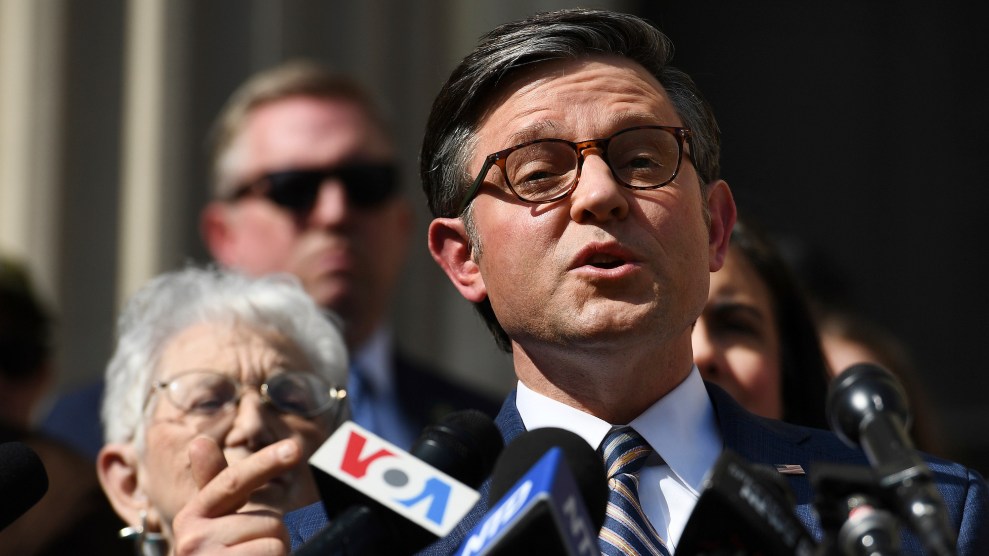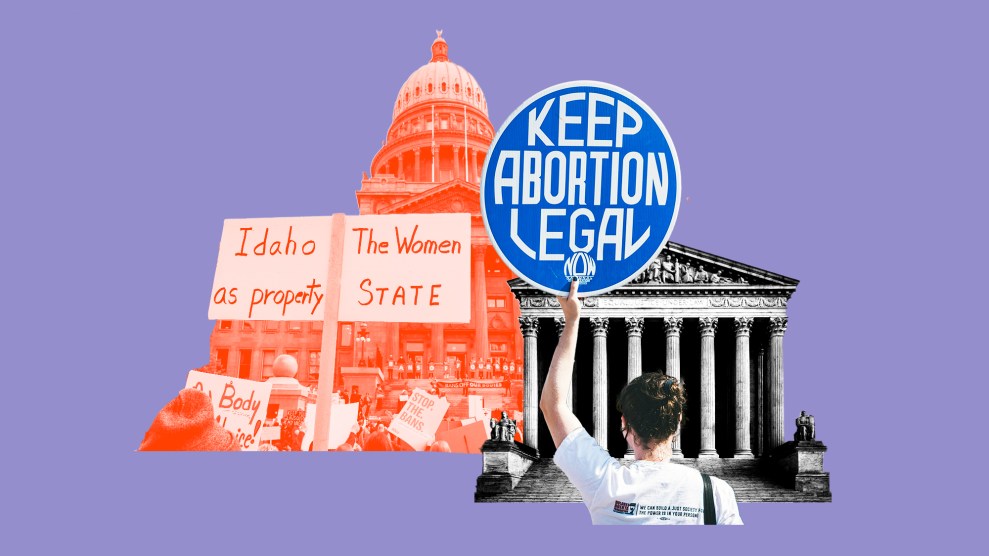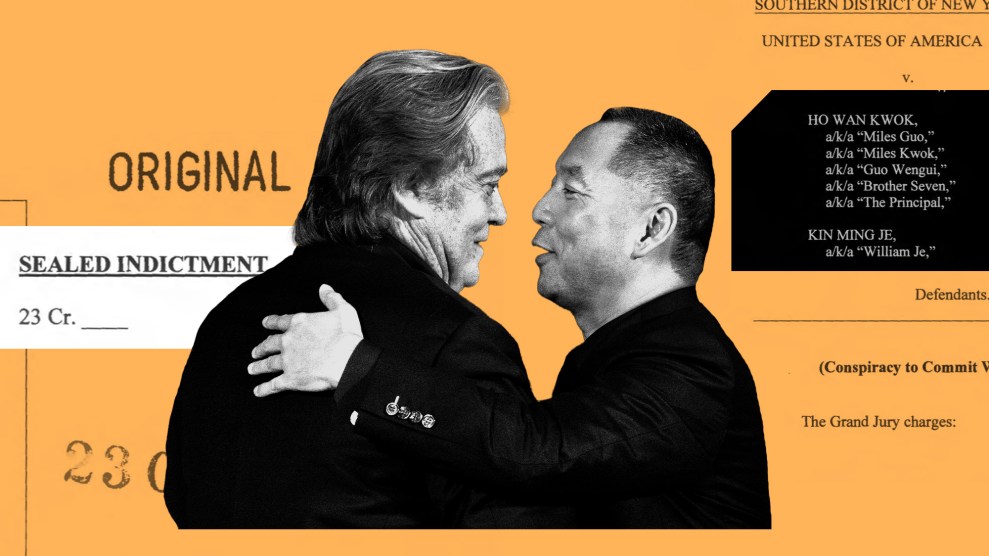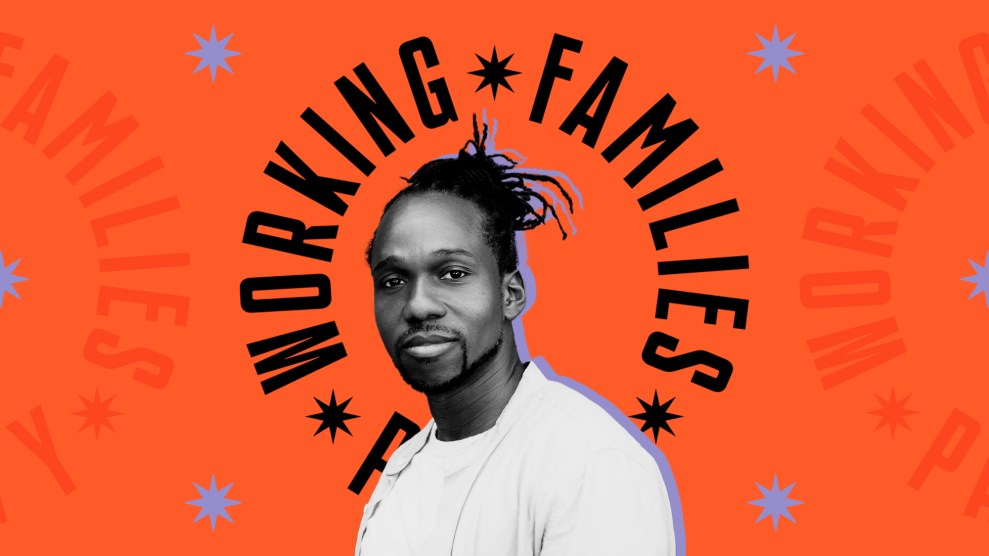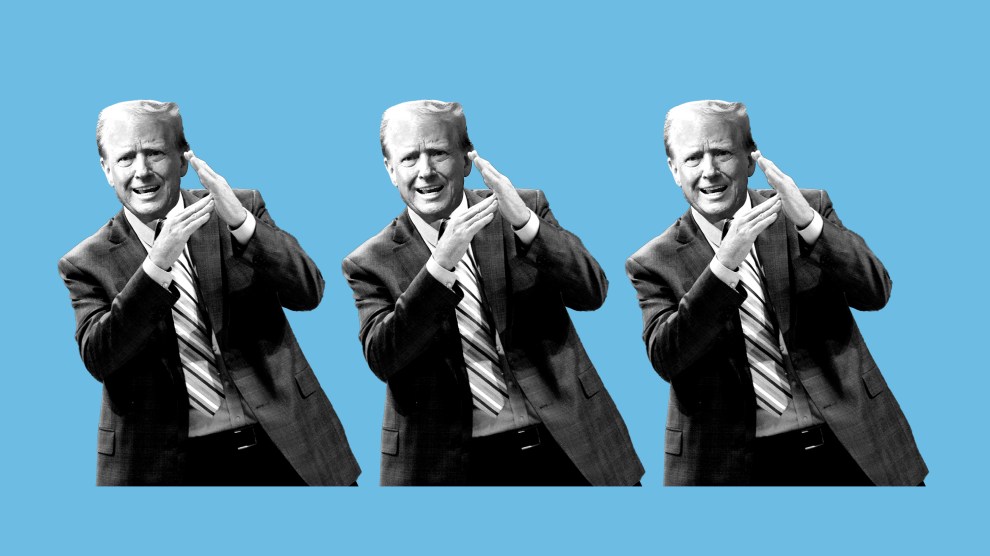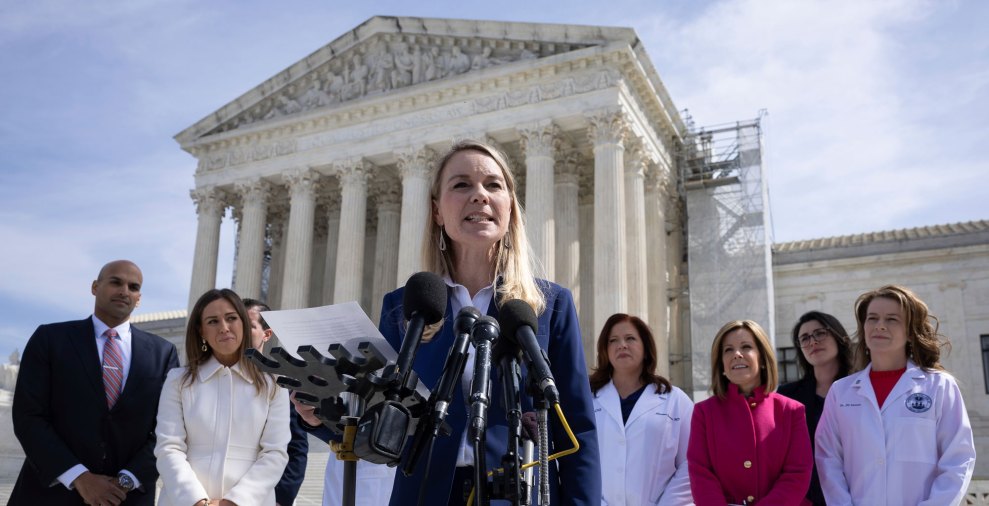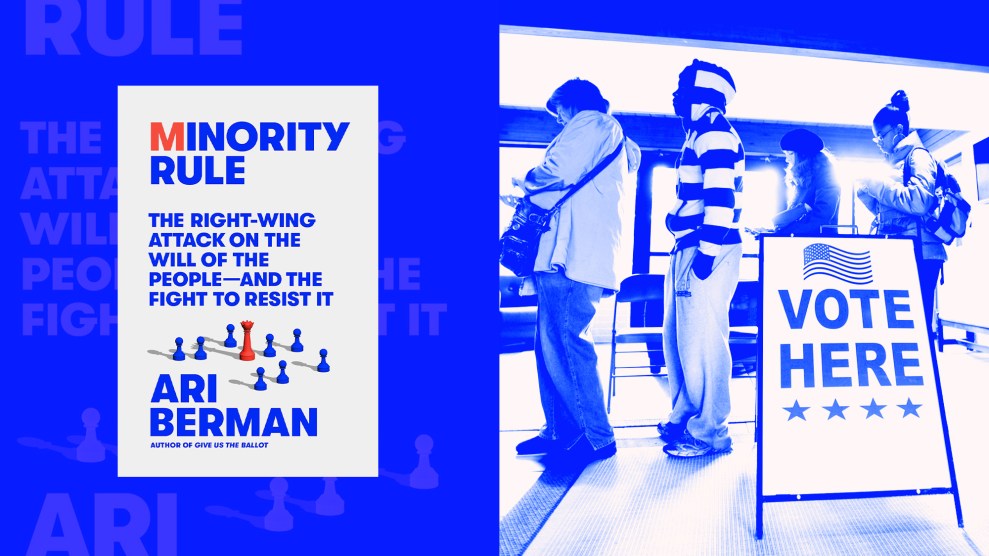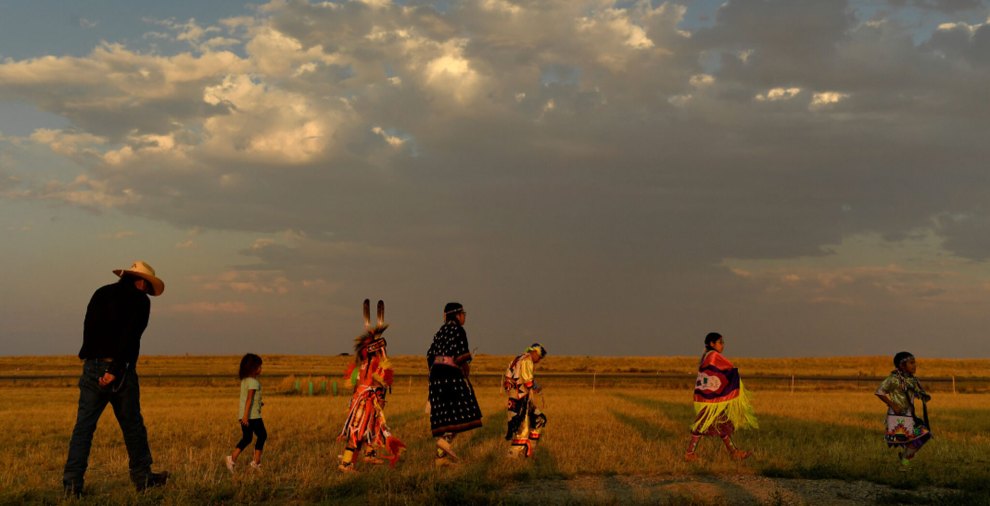Cooperstown, New York— Yesterday I alluded to a theory in the late 1700s, among a certain kind of abolitionist, that the discovery of maple sugar could end the slave trade. And then, just like that, I never returned to the subject. Well here goes: Basically the idea, explained in detail in Alan Taylor’s Pulitzer-winning William Cooper’s Town, was that, since slavery was at its most entrenched in the sugar plantations of the Caribbean, any sort of shift in the market for sugar—say, by extracting a new kind of sugar from maple trees—would crush the sugar colonies. Fix the market, in other words, and the market will fix the problem. Or something.
The idea that maple sugar could end the slave trade by replacing cane sugar is a bit like saying that whale oil could eliminate demand for offshore drilling by replacing crude. If Cooper—father of Mark Twains least favorite novelist, James Fenimore—really wanted to end slavery, he might have started by freeing his own slaves. Nonetheless, Taylor tells us, Cooper convinced his old-money Quaker friends in Philadelphia to fund the venture, which turned out about as well as you might expect. The comparatively tiny harvest of maple sugar in Cooperstown was mostly ruined on the trip down the river, and those who tried it decided they like cane sugar better anyway. So much for that. There was also the inconvenient but irreversible truth that for Cooper’s more expansive land speculation to succeed, people would have to chop down said maple trees. So maybe that wasn’t such a great idea. Anyways, now you know.

